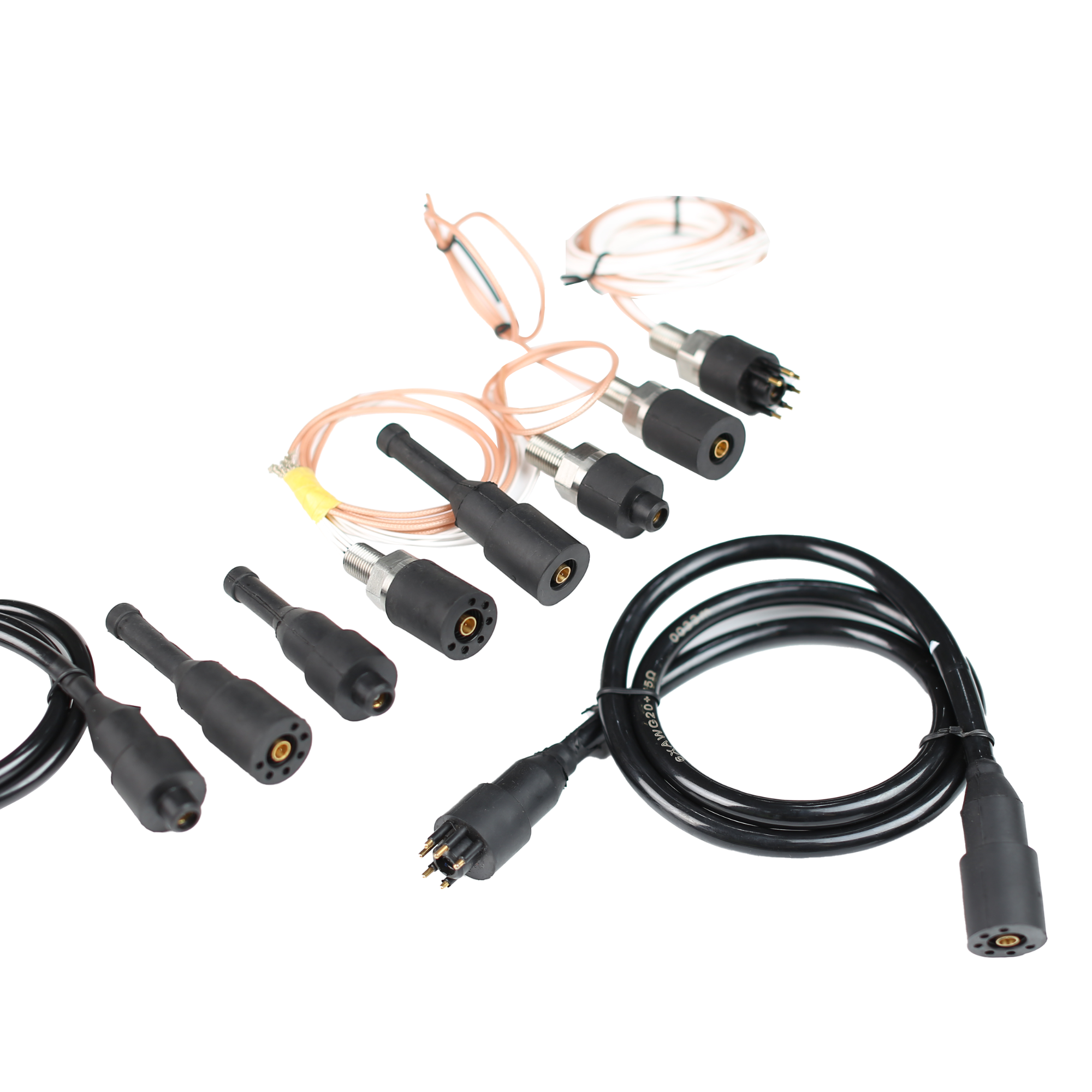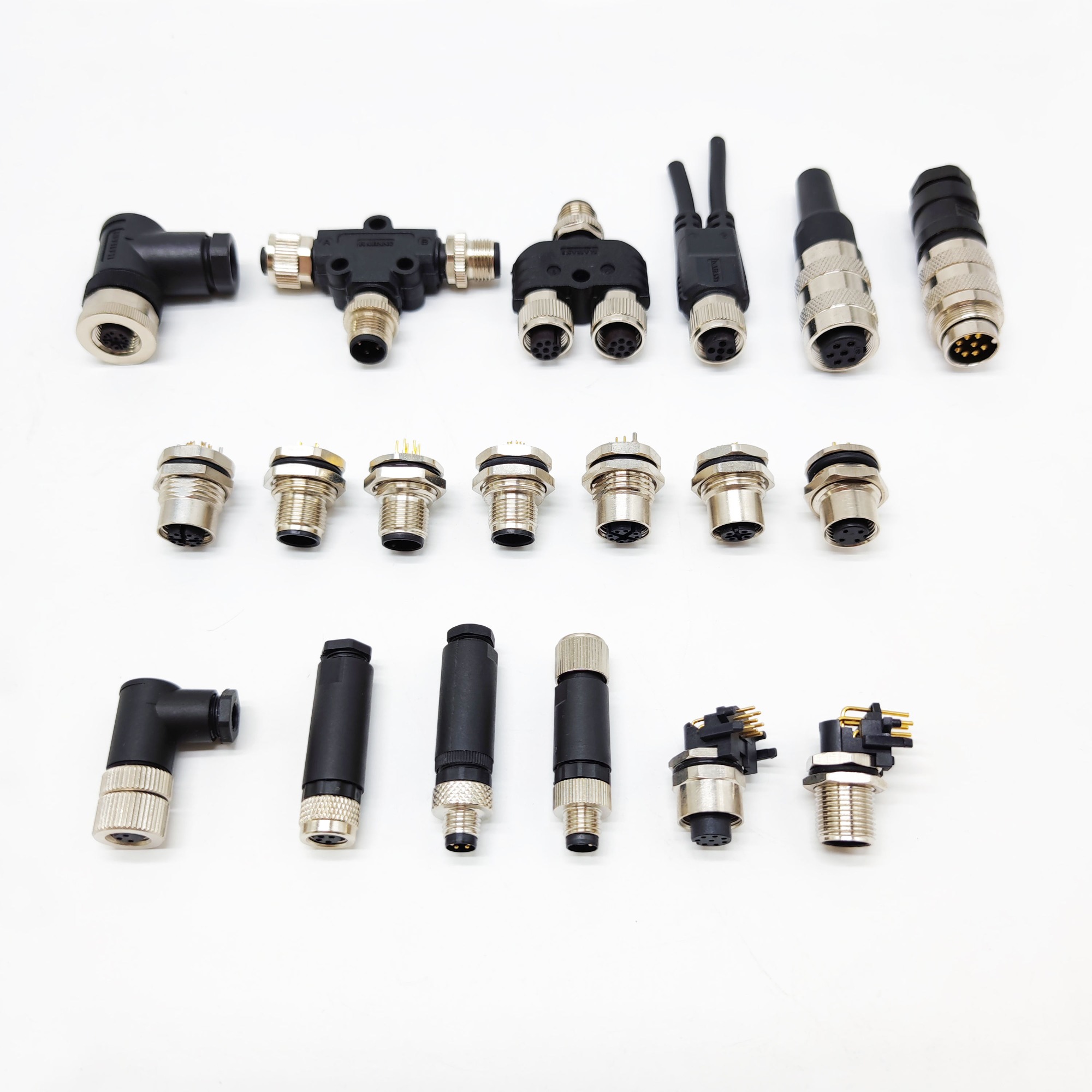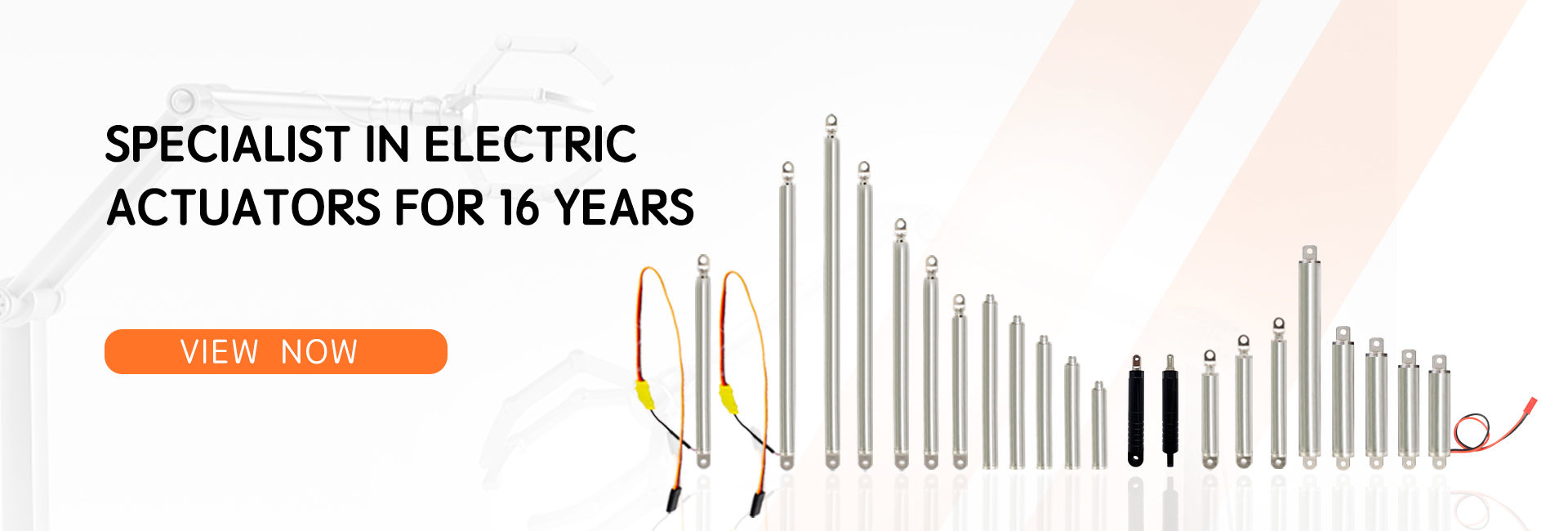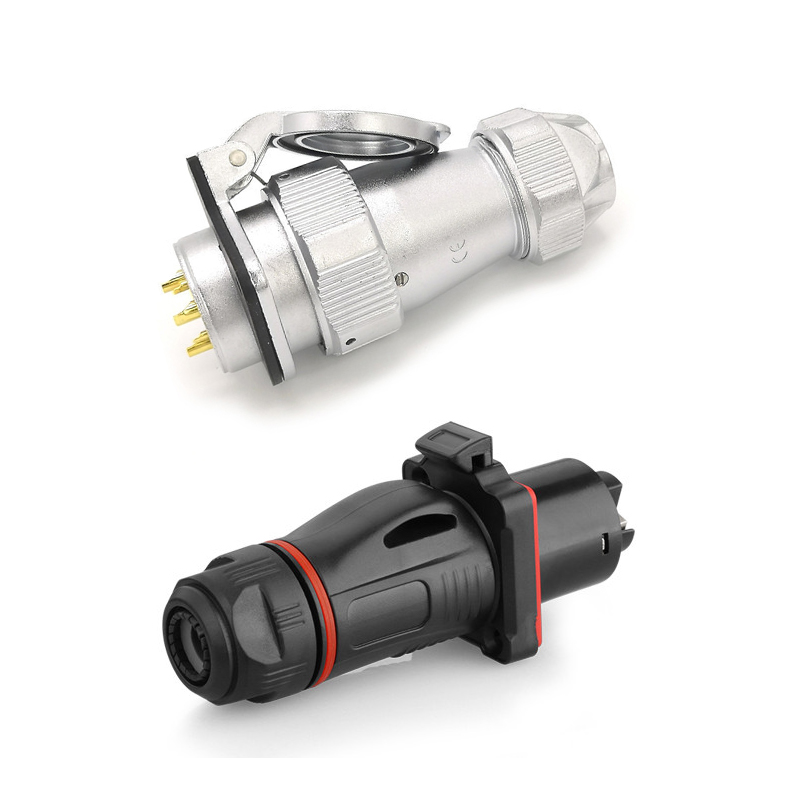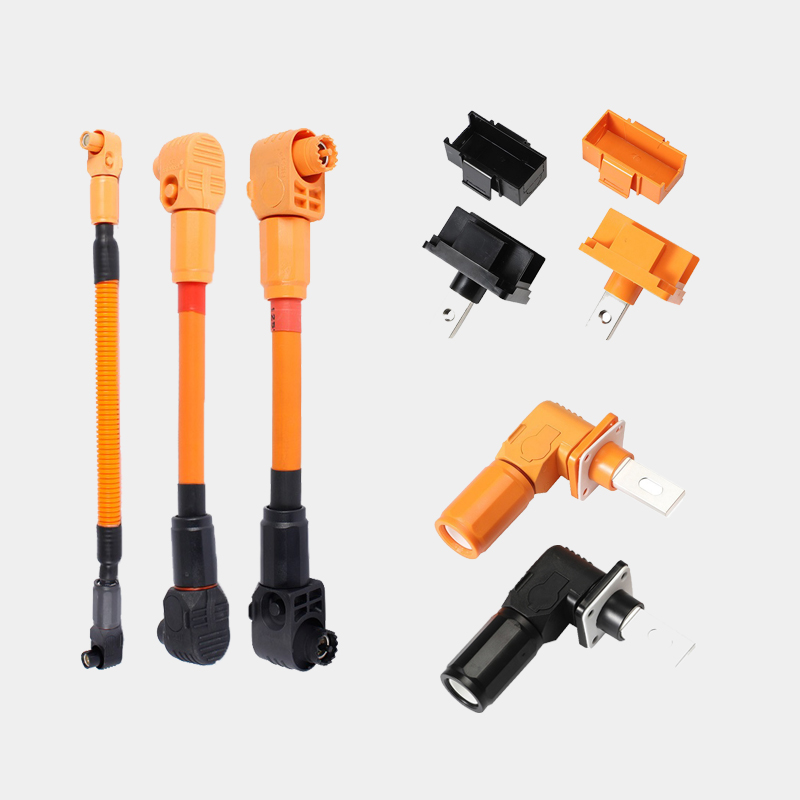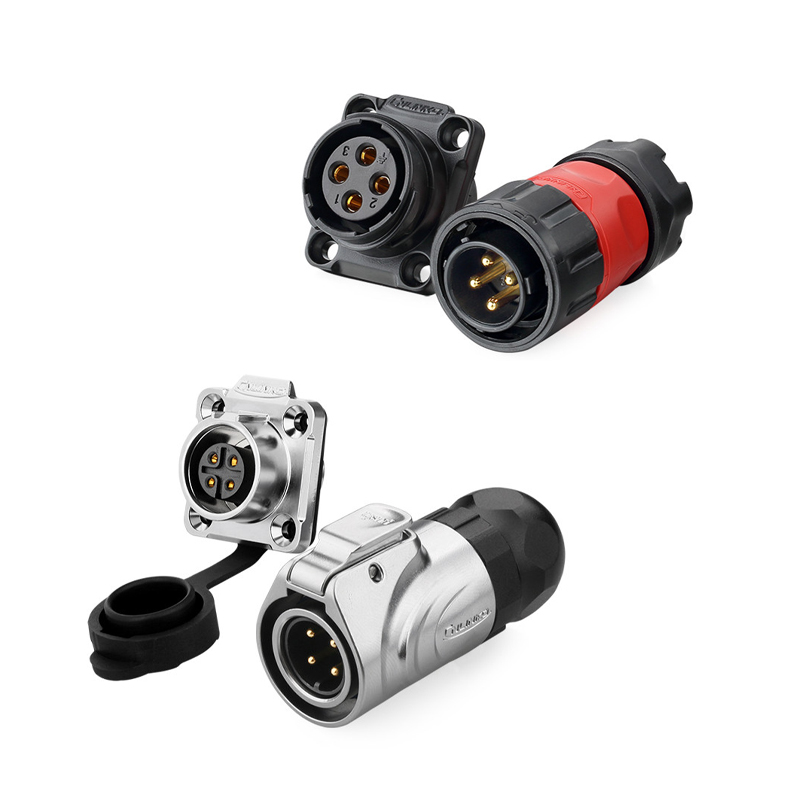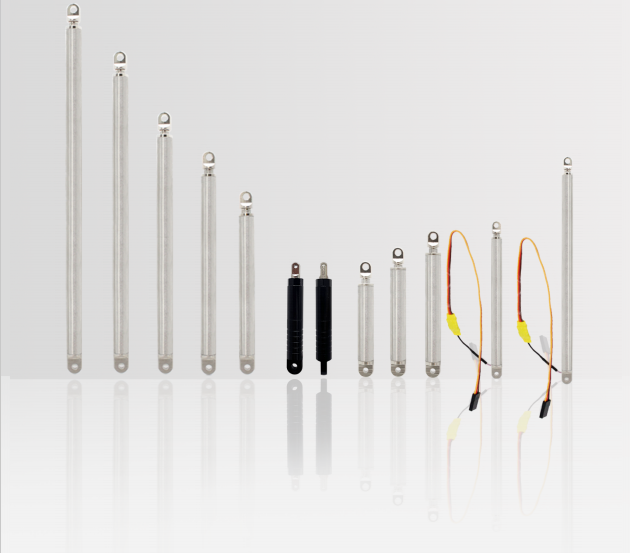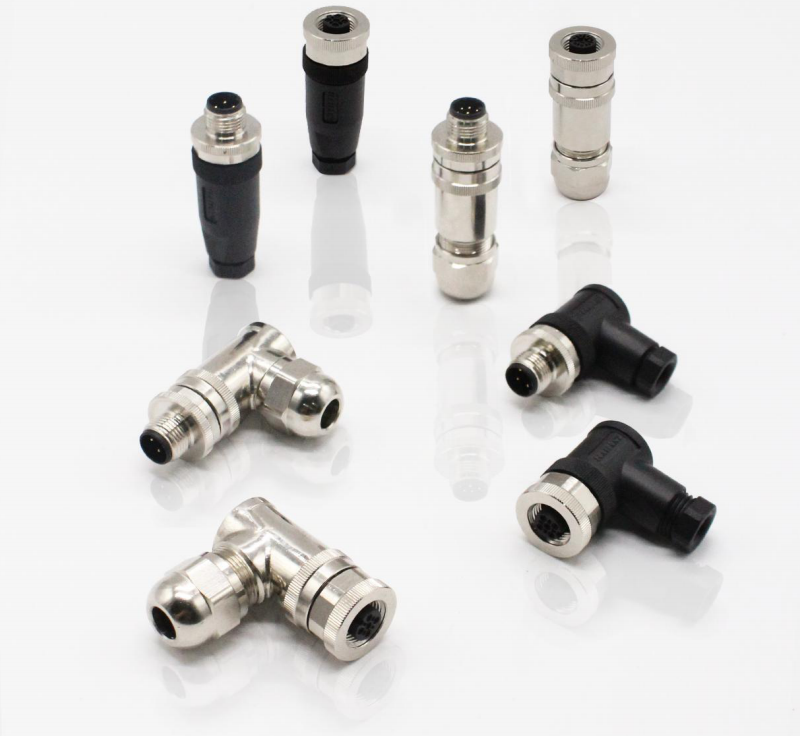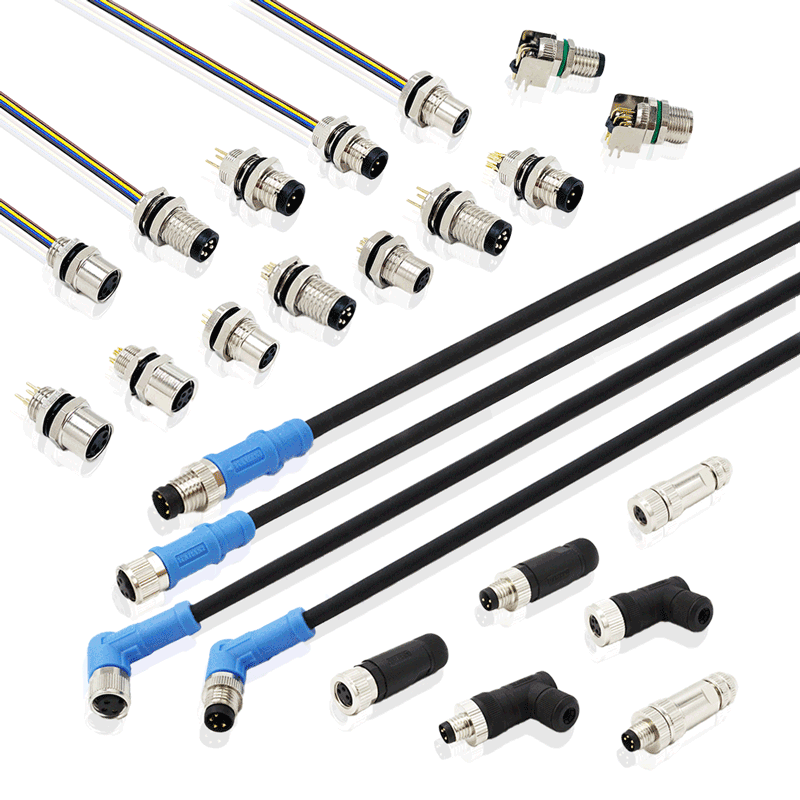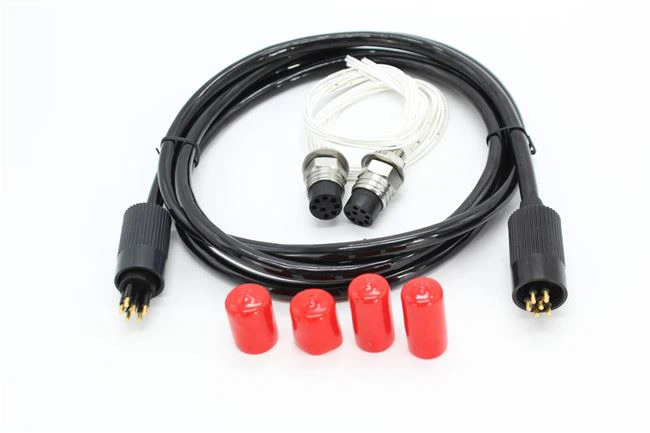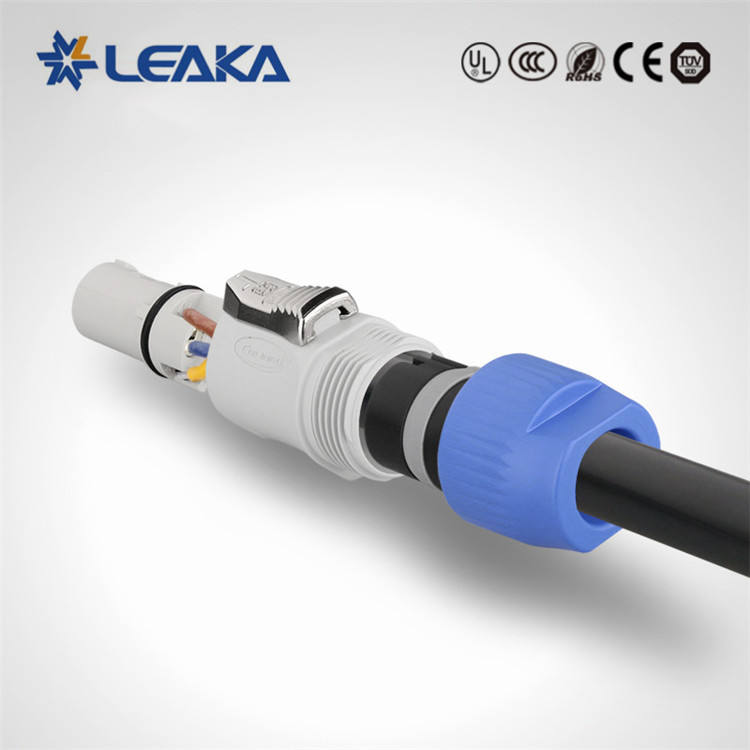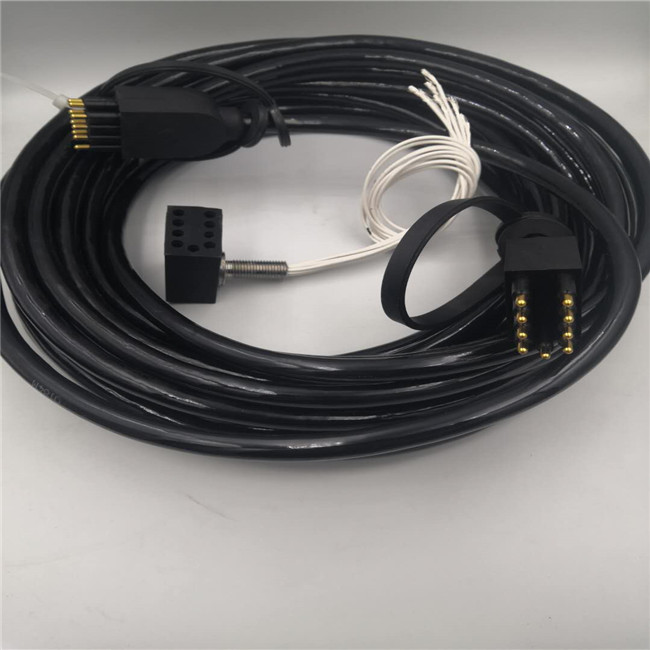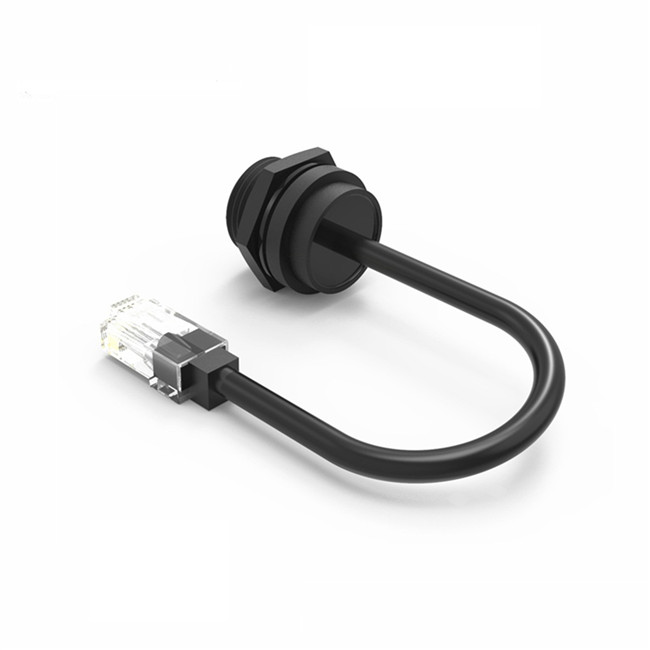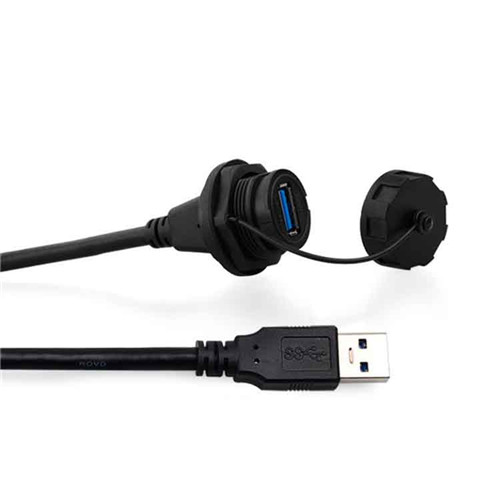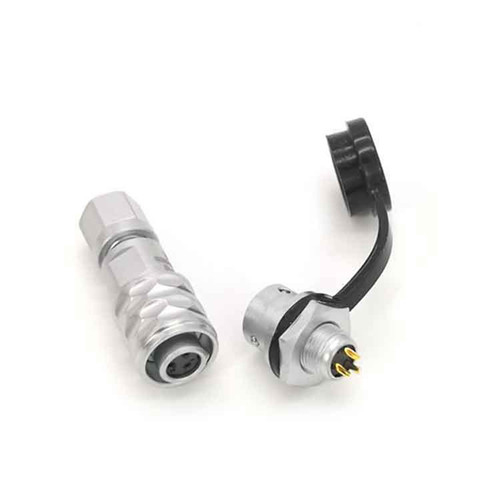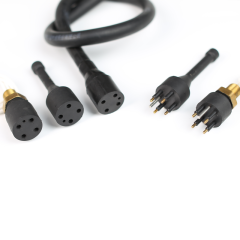Underwater Connectors
Underwater Connectors
Underwater connectors play a crucial role in various underwater applications, facilitating the seamless connection of electrical, optical, and data systems in challenging marine environments. From deep-sea exploration to offshore oil and gas operations, these connectors enable reliable communication and power transmission beneath the waves.
Materials Used in Underwater Electrical Connectors
Underwater connectors are crafted from a variety of materials, each chosen for its specific properties and suitability for underwater use. Common materials include stainless steel, titanium, and various corrosion-resistant alloys. Properties such as conductivity, strength, and resistance to corrosion are carefully considered during material selection to ensure optimal performance in underwater conditions.
Uses of Subsea Connectors
Underwater connectors find widespread use across several industries. In marine applications, they are essential for underwater sensors, sonar systems, and communication networks. Offshore industries rely on these connectors for subsea oil and gas production, underwater pipelines, and offshore wind farms. Additionally, underwater robotics utilize connectors for remotely operated vehicles (ROVs) and autonomous underwater vehicles (AUVs), enabling data transfer and control in challenging underwater environments.
Advantages of Underwater Wire Connectors
The advantages of underwater connectors stem from their robust design and specialized features. These connectors are engineered for durability and reliability, capable of withstanding high pressures and harsh environmental conditions. Their corrosion-resistant properties ensure longevity in saltwater environments, minimizing maintenance requirements and downtime. Furthermore, their waterproof design provides a secure seal, safeguarding sensitive electronics from water ingress and damage.
Challenges and Solutions Of Underwater Cable Connector
Despite their advantages, underwater connectors face challenges such as fouling, vibration, and extreme temperatures. Environmental factors such as seawater corrosion and biofouling can degrade connector performance over time. However, advancements in materials and coatings, along with regular maintenance protocols, help mitigate these challenges and prolong connector lifespan.
Innovations in Submarine ConnectorTechnology
Recent innovations in underwater connector technology have focused on miniaturization, high-speed data transmission, and integration of sensors. Miniaturized connectors allow for greater flexibility in design and reduced footprint in underwater systems. High-speed data connectors enable real-time communication and data exchange, supporting advanced underwater operations. Integrated sensors within connectors provide additional functionality, allowing for in-situ monitoring of environmental parameters and equipment performance.
Numerous case studies highlight the effectiveness of underwater connectors in various applications. For instance, in offshore oil and gas production, subsea connectors enable the remote operation of underwater equipment and the transmission of data from sensors on the seabed. Similarly, in underwater robotics, connectors facilitate communication between control systems and submerged vehicles, enabling complex underwater tasks such as pipeline inspection and deep-sea exploration.
In conclusion, underwater connectors play a vital role in enabling communication, power transmission, and data exchange in challenging underwater environments. Through careful selection of materials, innovative design, and ongoing technological advancements, these connectors offer durability, reliability, and performance across a wide range of applications. As industries continue to expand their presence beneath the waves, the importance of underwater connectors in facilitating underwater operations cannot be overstated.

